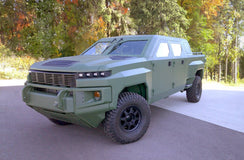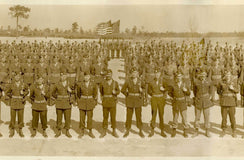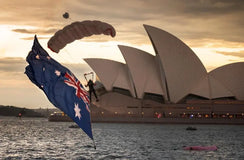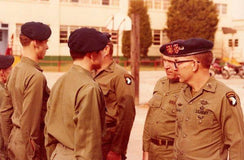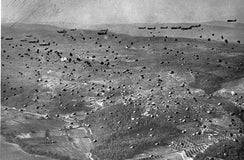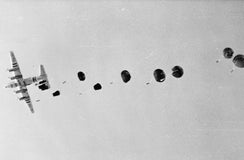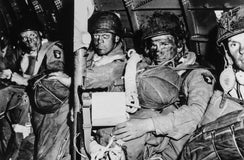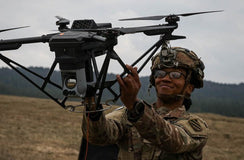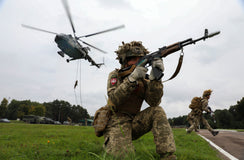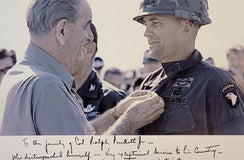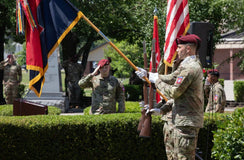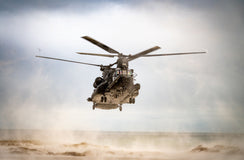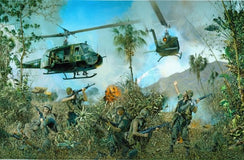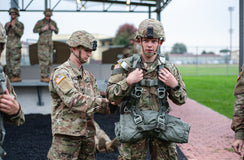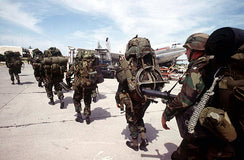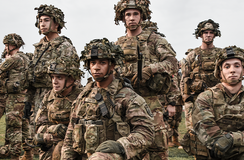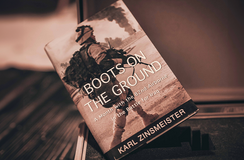A Brief History Of Glider Infantry In World War II
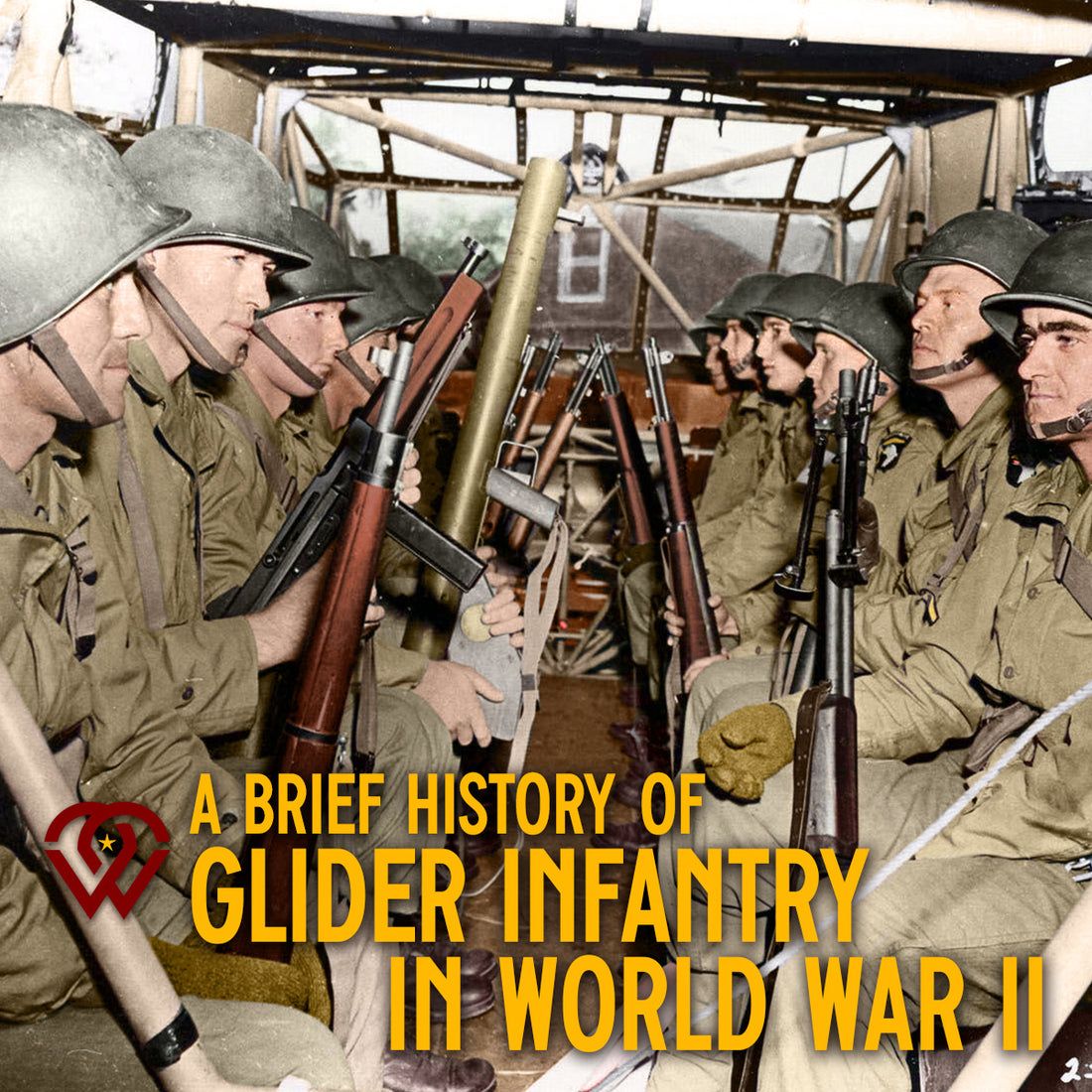
A revolutionary development in the realm of airborne forces, glider infantry were first introduced to warfare by the Germans in World War II. This innovative method of inserting soldiers and their heavy equipment into enemy-controlled territory proved to be a crucial development for the war and the use of glider planes was specifically unique to WWII.
Throughout the war, this method of warfare was used extensively by both the Axis and Allied forces. Late in the 1930’s German Fleigerkorps and Fallschrimjager saw early success in the war through the use of airborne attack, in particular at battles in Belgium and on the Island of Crete. The allied forces could not ignore the effectiveness of this new approach and in time, eventually formed their own airborne units, most notably the 82nd and 101st Airborne. Where airborne forces saw particular success was with the use of glider infantry.
The Waco CG-4, an American troop/cargo plane, was the most widely used glider in WWII. The plane would be towed behind a C-47 Skytrain and could carry roughly 13 troops and heavy equipment including vehicles such as jeeps, howitzers and trailers. Once close enough to the drop zones, the C-47 would release the gliders to get to their drop points to deploy the soldiers. This allowed paratroopers to land inside of enemy lines and bring enough firepower to effectively fight a more even battle with the German and Italian soldiers. The howitzers especially provided an equalizer for these airborne troops as they were able to compete with the heavy artillery of enemy troops stationed in their own territories.
In 1942, Ford Motor Company retooled their Iron Mountain factory to produce gliders to be used in the war. This allowed gliders to be mass-produced cheaply and effectively and prepared allied forces for important upcoming airborne missions like Operation Neptune (D-Day). Prior to the Battle of Normandy on June 6, 1944, paratroopers were dropped at night and frequently missed their targeted drop zones due to wind and low visibility. The scattered drop zones proved to be a point of confusion for axis forces as they did not know where the allied troops were coming from. Fighting in the subsequent days was categorized as ferocious and chaotic but resulted in one of the most heroic victories in the history of American warfare.
Throughout World War II, glider units saw combat in some of the most crucial battles of the war including Operation Dragoon, Operation Market Garden and Operation Varsity. Finally, the 82nd Airborne played a pivotal role in the Battle of the Bulge where the units were able to soften German counter attacks as the allies worked their way into Germany.
Shortly after the conclusion of the war, the U.S. Army Glider Infantry School was closed while remaining units were converted into parachute infantry. Although Gliders were not used in future wars, their impact on World War II will never be forgotten. The Allied forces' ability to insert themselves behind enemy lines with artillery proved to be highly impactful in stymying counter attacks and confusing enemy forces. This concept of dropping troops behind enemy lines never did die, however, as newer planes that could carry heavier cargo and helicopters for air assault infantry were introduced in the late 1950’s.

